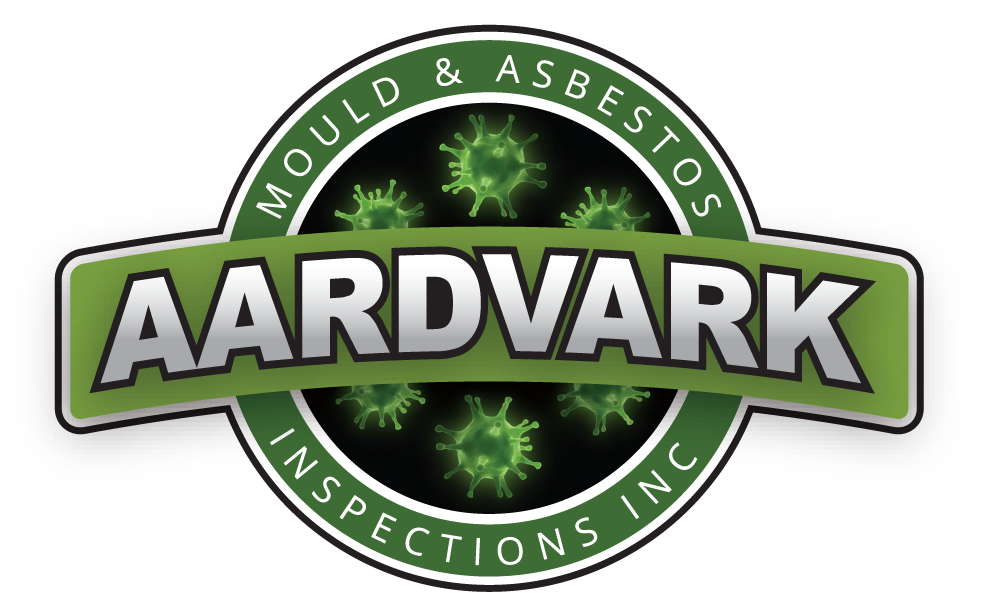Frequently Asked Questions
How do I know if there’s mould in my home that I can’t see?
The only way to know whether there is mould in your home or not is to have a mould inspection or air quality test performed by a professional.
Some signs that you may have mould in your home include:
Frequent headaches
Runny nose or congestion
A persistent cold
Frequent coughing or sneezing
A sore throat
Unexplained rash on the skin
Other breathing issues
Where could mould be lurking in my home?
Mould can grow almost anywhere. Some of the most common spots where you will find mould in your home include the attic and crawl space, under sinks or anywhere with known water damage.
How long does a mould inspection take?
The duration of a mould inspection depends on the size of the building. A mould inspection of an average-sized home will generally take between two and three hours.
What’s involved in a mould inspection?
Our team will inspect all areas of the home in search for evidence of mould: attic, crawl space, all rooms, exterior of house and roof. Any areas with evidence of previous damage, water staining or unusual smells are given particular attention.
Do you conduct your own mould analyses?
No, that would be a conflict of interest. We send all mould samples to a qualified lab for analysis.
What will an air sample tell me?
Air samples collect spores and reveal the types of mould that are present at the time of sampling, and in what quantities. Most importantly, air sampling (testing) can tell us if there is mould contamination that is not visible.
How long do lab results take?
It generally takes about five working days to get results back from the lab. If results are needed more quickly, the lab does offer faster service for a fee.
What’s the wait time to get a mould inspection done?
Anywhere from same-day service to a week, depending on our current workload. Contact us for an estimate!
Can I stay in my home during mould remediation?
Most of the time, yes. The most common areas for mould growth are attics and crawl spaces, which can be remediated without interfering with your regular activities. If it’s your living areas that are being remediated, you may need to leave those areas for a short period.
What needs to happen if there is mould in my attic?
This depends on how severe the mould is. When mould is found on your sheeting (which is common), the mould needs to be killed and encapsulated. If the mould is eating the sheeting to the point of rot, then the sheeting will need to be replaced. All insulation in the attic will also need to be replaced, as it collects mould spores and will re-contaminate the home in the future.
Whatever caused the mould to form in the first place also needs to be addressed. This could mean adding additional roof vents, insulating ducts, fixing a leaky roof, etc. The use of an antimicrobial coating in attics and crawl spaces ensures mould will not return to those surfaces for a very long time.
